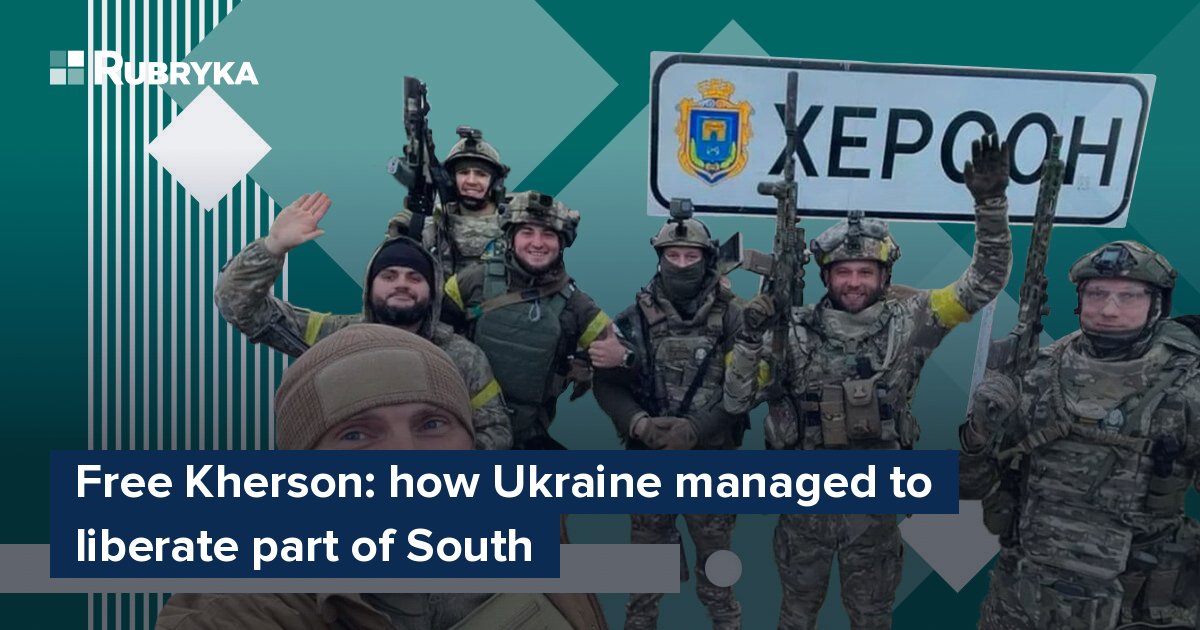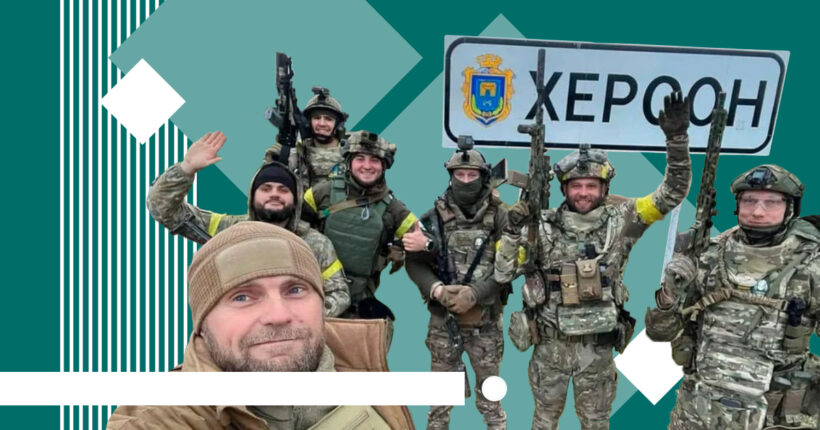
"How to work today?" — On November 11, such a question was heard more than once on social networks because Ukrainians followed every new message from the liberated Kherson.
The return of our Armed Forces to the city turned into a celebration on the central square. Likewise, the right-bank part of the Kherson Region was freed from occupation, and in the Mykolaiv Region, the enemy holds only the Kinburn Spit.
However, the liberation of the south did not begin a week ago, but in July. We tell you how the counteroffensive continued and why it is correct to say "the russians were knocked out" and not "the russians left."
What is the problem: at first glance, it is not clear why the russian federation retreated from Kherson, hence the conspiracy theories
The liberation of Kherson right now came as a surprise because as early as October 25, the Main Directorate of Intelligence of the Ministry of Defense said that the enemy was ready to fight, and in 2 weeks, the russians disappeared from the right bank.
It is not surprising that Ukrainians have already come up with many conspiracy theories to explain this mystery (in russia, they are no less actively engaged in this). For example, it is alleged that Kherson was exchanged for the easing of sanctions against the russian federation or some concessions in the "grain deal". Or the West and the russian federation took steps to meet in the middle: the former offered peace talks, and the occupiers retreated. Or the other way around, the Ukrainian authorities allowed the russians to leave the encirclement quietly — of course, allegedly not for free. Or the occupiers are simply so weak that they ran away on their own.
Solution: to remember how important the right-bank Kherson region was for the russians
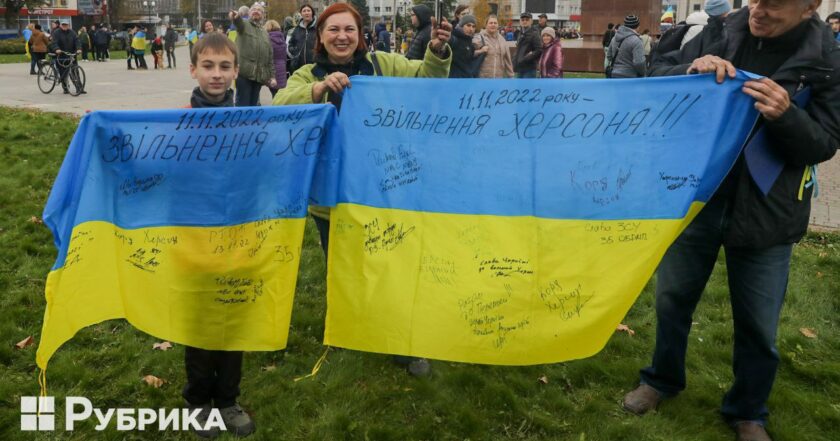
"Difficulties in providing troops" — that's what the occupiers legally called their reason for retreat. By the way, this is the first time the kremlin has admitted that they cannot fulfill a military task: maintaining units in the occupied territory. Before that, the defeat was disguised with phrases like "gesture of goodwill" or "planned winding down."
It is not surprising that it is difficult to come up with an explanation for the retreat from Kherson and the surrounding areas because they had great strategic importance for the occupiers.
First of all, it was a russian bridgehead on the right bank of the Dnipro. From it, enemy troops could advance to Mykolaiv and further to Odesa or Kryvyi Rih. As a result, the Ukrainian Armed Forces had to stretch their defense forces in an arc from Osokorivka to Mykolaiv.
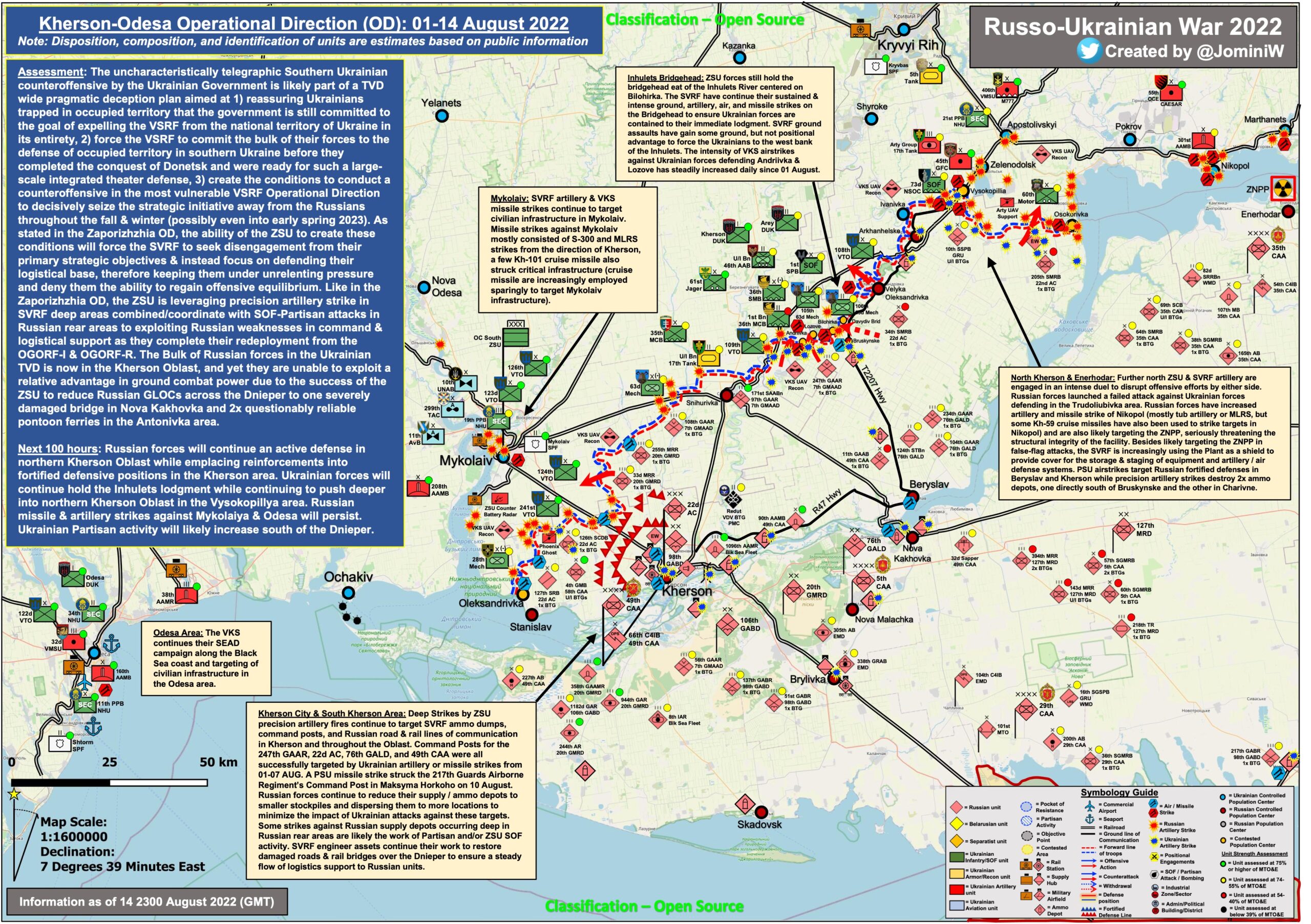
And now the Ukrainian military will have a much shorter front line plus a serious line of fortifications called "Dnipro." The russians have difficulties with forcing rivers (we remember how another river, the Irpin, helped the Kyiv defenders at one time), and near Kherson, the distance between the banks is almost a kilometer.
That is, there will be no unexpected attack by the occupiers on Mykolaiv or Odesa, cutting Ukraine off the Black Sea. On the contrary, the Armed Forces of Ukraine will be able to use the same HIMARS to hit russian equipment and warehouses in the left-bank Kherson region, even reaching the exits from Crimea.
By the way, the army has already started: over the past few days, explosions have occurred in the occupied Hola Prystan, Henichesk, and Chaplynka (russians have already removed their aviation from there).
Of course, Kherson also had an ideological value for the kremlin. And vice versa, the city's loss is now extremely untimely for moscow. It needs a truce to recover from defeats.
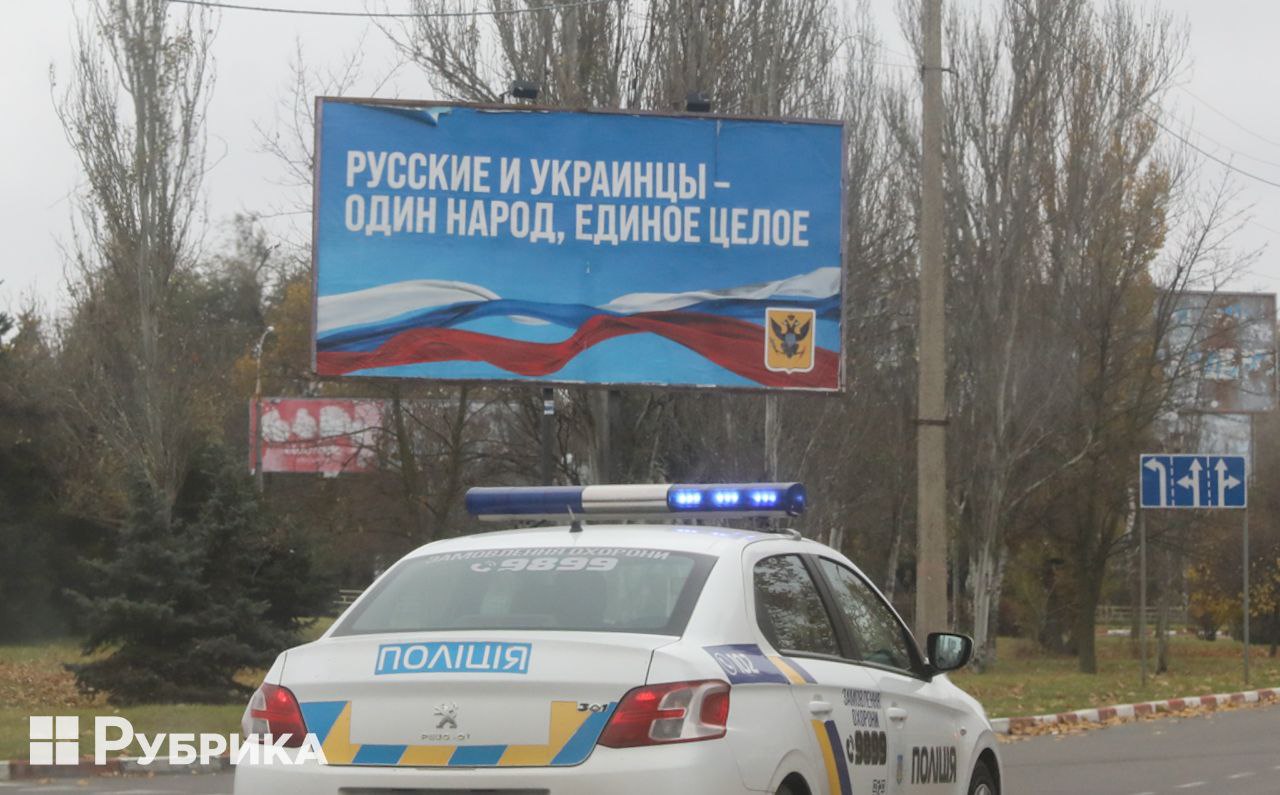
Some Western commentators and experts also called for it, saying that there is no point in fighting any further because Ukraine still has no strength to recapture the occupied territories. And now our defenders have shown the whole world the opposite. It is extremely difficult to imagine that russia itself agreed to all this.
Therefore, the enemy gathered significant forces in the south, and was clearly not weak
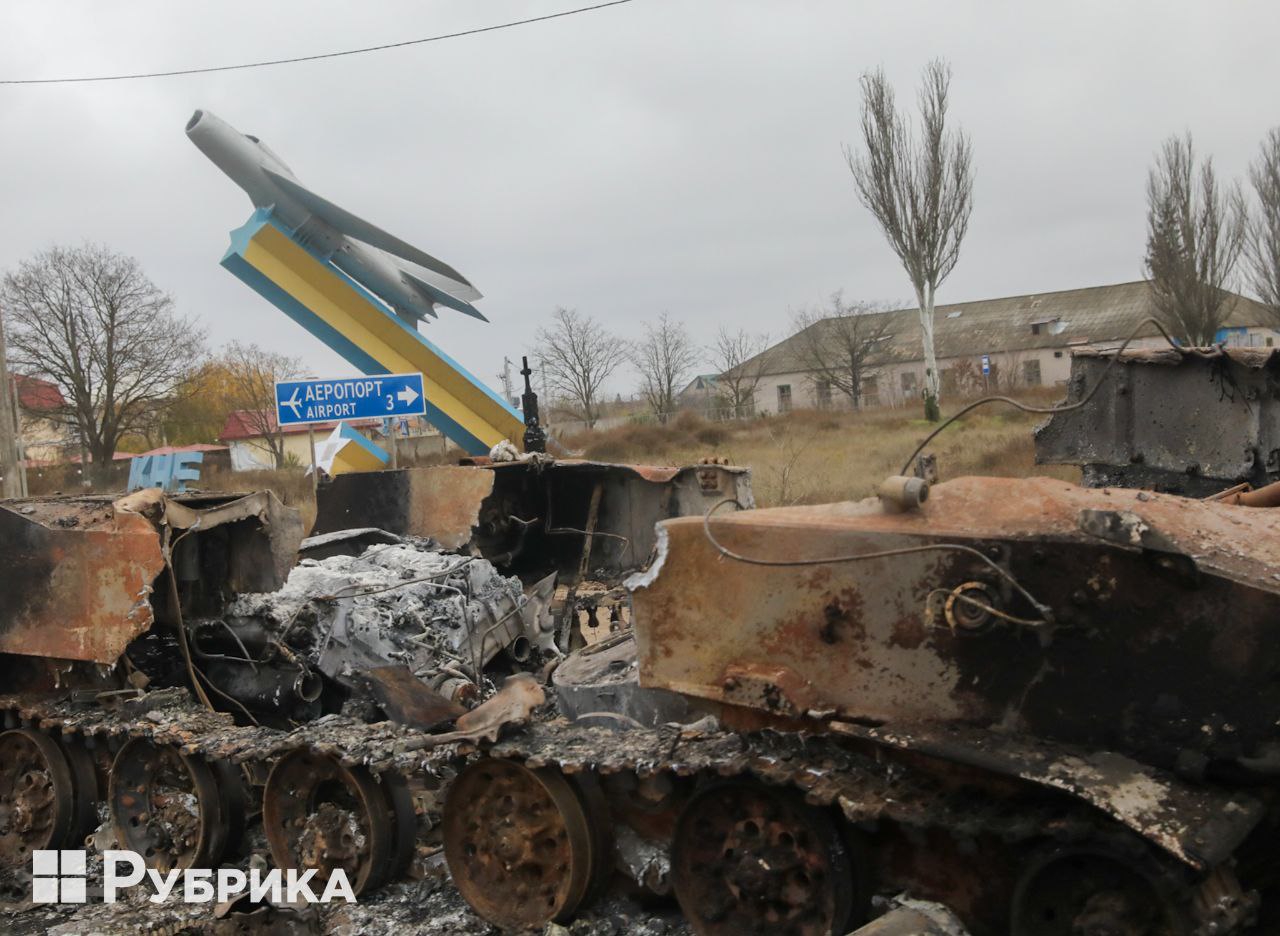
Indeed, from older videos it might seem that Kherson Oblast is being defended by units of poorly equipped invaders, and their equipment is T-62 tanks, which were adopted 60 years ago.
However, in reality, 20,000-30,000 russians dug in there, including almost the entire airborne forces of the russian federation. Special forces, marines, and other units supported them. According to journalist and military observer Yuriy Butusov, these are "the most capable forces of the russian army."
Besides, "dug in" was not just an epithet. Kherson region is covered with irrigation canals, so it was convenient for the russians to defend themselves (in fact, these are large concrete trenches). Moreover, the enemy was preparing in the previous months: digging and building additional fortifications and laying minefields. Our General Staff reported on three lines of russian fortifications.
On them, the russian troops had a lot of anti-tank weapons, drones, and forward patrols for surveillance, and in the rear, they kept infantry and tank groups for counterattacks. They were supported by aviation and artillery from the depths.
This is a serious challenge even for a well-equipped army. For example, during the Badr operation in 1973, the Israelis lost 400 tanks, storming a similar Egyptian defense. And our fighters occasionally attack in lightly armored jeeps.
Ukrainian command found a solution: to destroy the russian defense gradually

The position of the Armed Forces of Ukraine would be hopeless if they adhered to the old Soviet doctrine, which stated: "if you see the enemy, gather large forces and attack head-on."
However, Valerii Zaluzhnyi and the General Staff developed a new strategy in July. It does not have an official name, but Western observers call the actions of our soldiers "interdiction" or "corrosion strategy," which clearly shows the essence of the Ukrainian plan.
According to the plan of our commanders, the soldiers did not launch mass frontal attacks in the style of the First World War to defeat the enemy — instead, they destroyed the russian defense with accurate strikes from afar. HIMARS and long-range howitzers played a vital role in this plan. After all, Western weapons are accurate: for example, HIMARS hits a three-meter circle 85 kilometers away.
So, on July 12, the Armed Forces hit the ammunition warehouse in Nova Kakhovka, and the blast wave traveled over 2 kilometers there. In two weeks, the Ukrainians also destroyed a warehouse of missiles and shells in Brylivka. Since then, there have been many similar strikes; they happened often, and the Ukrainians hit objects both in nearby Beryslav and Kherson and in Henichesk, which is even near Crimea.
Why did our military take on ammunition depots? Because the russian tactic of "valley of fire" was based on them, according to which the occupiers divided the map into squares and simply covered each of them with tons of explosives. But this requires huge stocks of shells. If they are lacking, the russians have to shoot less.
Of course, the russian federation could bring in new shells through the Dnipro — that is why the Armed Forces of Ukraine later hit three bridges across the Dnipro (Antonivskyi, the railway bridge next to it, and Kakhovskyi). The first was regularly closed for repairs due to shelling; next to the third, the russians had to build a sand dam, which our gunners also destroyed. According to British intelligence, the explosion on the Crimean bridge also made it difficult for the russians to supply.
According to military expert Kyryl Danylchenko, the group of occupiers was "running low on resources." But it did not remain unarmed because the russians took advantage of the moments when the bridges were in operation, engaged pontoons and even ferry crossings — that's how they transported ammunition.
To understand the scale: according to the Austrian military analyst Thomas Cooper, the russian group needed 300-400 trucks with supplies every day.
In the meantime, our army men began to strike the command, support, and communication points of the russians (there were 150 such strikes in the 2nd week of September alone). The Ukrainian Armed Forces sought to disorganize the russian army, in which, according to the InformNapalm community, communication and coordination were already weak. Cannons and rocket artillery also hit columns of russian vehicles and massed infantry.
Residents of Kherson Oblast also played their "unofficial" role, undermining the morale of the occupiers in various ways (from patriotic leaflets to partisan actions).
The Ukrainian public saw the fruits of this strategy at the beginning of October. In 10 days, our armed forces pushed back the enemy by 15-20 kilometers and later liberated Snihurivka, which the russians had held since March.
In fact, Ukrainian artillery did not operate in hothouse conditions because the russian troops still had enough guns and rocket launchers. However, according to the New York Times, due to the shortage of shells, the russians responded to each shot of the Armed Forces with one of their own, instead of three, as before. And in these conditions, the Ukrainians already gained an advantage where they had Western artillery: the same "Caesars" and M777 are more accurate and hit at a greater distance.
Therefore, the "corrosion strategy" continued, and the enemy could not simply hold his position: the situation worsened weekly.
And what about the superiority of the russian federation in the air? The Armed Forces found an answer to it as well
However, there was also a less visible part of the Kherson counteroffensive. The figures show that the Ukrainian army began to "corrode" the superiority of the russians in the air. At least in recent weeks, the General Staff regularly reported on downed Su-25 helicopters and attack aircraft in the south, and on November 5, the Ukrainians shot down 4 Ka-52 helicopters in a day. In short, russian aviation could no longer operate over the Kherson region as confidently as in February.
It would seem that our Air Force is also chained to the ground because russian air defense systems (for example, S-400) are even more modern than ours. But here, weapons from the allies helped again. russian anti-aircraft installations were regularly hit by HIMARS — only one such unit hit about 20 enemy batteries. And then, the American HARM-88 missiles appeared, guided by air defense radar signals.
Presumably, this is how the Armed Forces of Ukraine got more freedom in the air. In the fall, the Operational Command "South" regularly told us about how the pilots bombed various objects of the occupiers and accumulations of equipment.
And the New York Times journalists were impressed by another Ukrainian weapon — home-made combat drones — soldiers and volunteers attached mines or "self-propelled" projectiles to Chinese civilian drones (which are used to film weddings or commercials in peacetime). After that, the UAV became a miniature bomber.
There are many videos on social networks with stories on a common theme: a drone drops explosives on the russians, their armored personnel carriers, or tanks. Of course, the operators did not always hit, and the UAV could also be shot down. But there were many of them, so the Ukrainians constantly threw bombs at the invaders. Sometimes more serious devices such as "Bayraktar" flew to the battlefield.
We must remember that our defenders still defeated the enemy, and at a high cost

It will be wrong to attribute the victory only to the "wonder weapon." It broke the strategy of the russians, but they still had to be knocked out of the villages and towns. For example, the Armed Forces had to storm Snihurivka, Davydiv Brid, Dudchany, and many other points. The Ukrainian soldiers still went into close combat with the enemy. And "long-range" pilots and gunners also risked their lives during combat missions.
As Oksana Chorna, a medic of the 57th Separate Motorized Infantry Brigade, said in her post, one of the Armed Forces of Ukraine battalions lost most of its soldiers in the first offensive. In the second, 39 wounded people passed through the medical center in one day. "And it was like that in every battalion that went on the offensive. One bloodless battalion was replaced by the next one that had time to recover. A couple of weeks to replenish personnel, coordinate, train, and go back into battle," she emphasized.
So the Ukrainians won in the Kherson region not because the enemy was weak and "ran away." This is the result of a strategy thought out in advance and the heroism of fighters on the front line (let's not forget about the resistance movement!). "For the russians, the only question was to give the order to retreat and keep at least part of the troops or put them all in the land, which one way or another will not be theirs," concluded Oksana Chorna.
It seems that moscow was afraid that the Izyum scenario would repeat itself when the occupiers could not withstand the blow and fled along the entire front, leaving the Armed Forces with hundreds of pieces of trophy equipment, valuable documents, and whole squads of prisoners. And here, it would be even more difficult to retreat because the Dnipro is in the rear.
The latter made Ukrainians complain: why did the russians manage to get out of Kherson? However, the russians, therefore, retreated early so that this maneuver did not turn into a panicked escape. The documents handed over to journalist Andrii Tsaplienko show that the russian federation has been transferring soldiers and military equipment since October 21.
They went on ferries in small groups. At the same time, the enemy was defending the distant approaches to Kherson, so the Armed Forces of Ukraine could not approach the crossings within the distance of a howitzer shot and shell them en masse.
"The main forces of the muscovites were withdrawn before 9/11, covering themselves with Ukrainian civilians as a human shield, making it impossible to damage the crossings from our side," explained Mykola Bielieskov, head consultant of the Department of Military and Military-Economic Policy of the National Institute for Strategic Studies. However, we still got some trophies.
In the end, the enemy did almost the same thing as the Ukrainian Armed Forces in June. Then our troops were able to retreat first from the semi-encirclement in Hirskyi and Zolote in the Luhansk region, then — imperceptibly left Sievierodonetsk to Lysychansk and then to Siversk.
Moreover, in much more difficult conditions, when the russian troops were several kilometers away, they had many reconnaissance drones and could release 3-5 thousand shells per day on one section of the front. And the Armed Forces did not hide behind civilians.
What shall I do? Believe in victory and work further
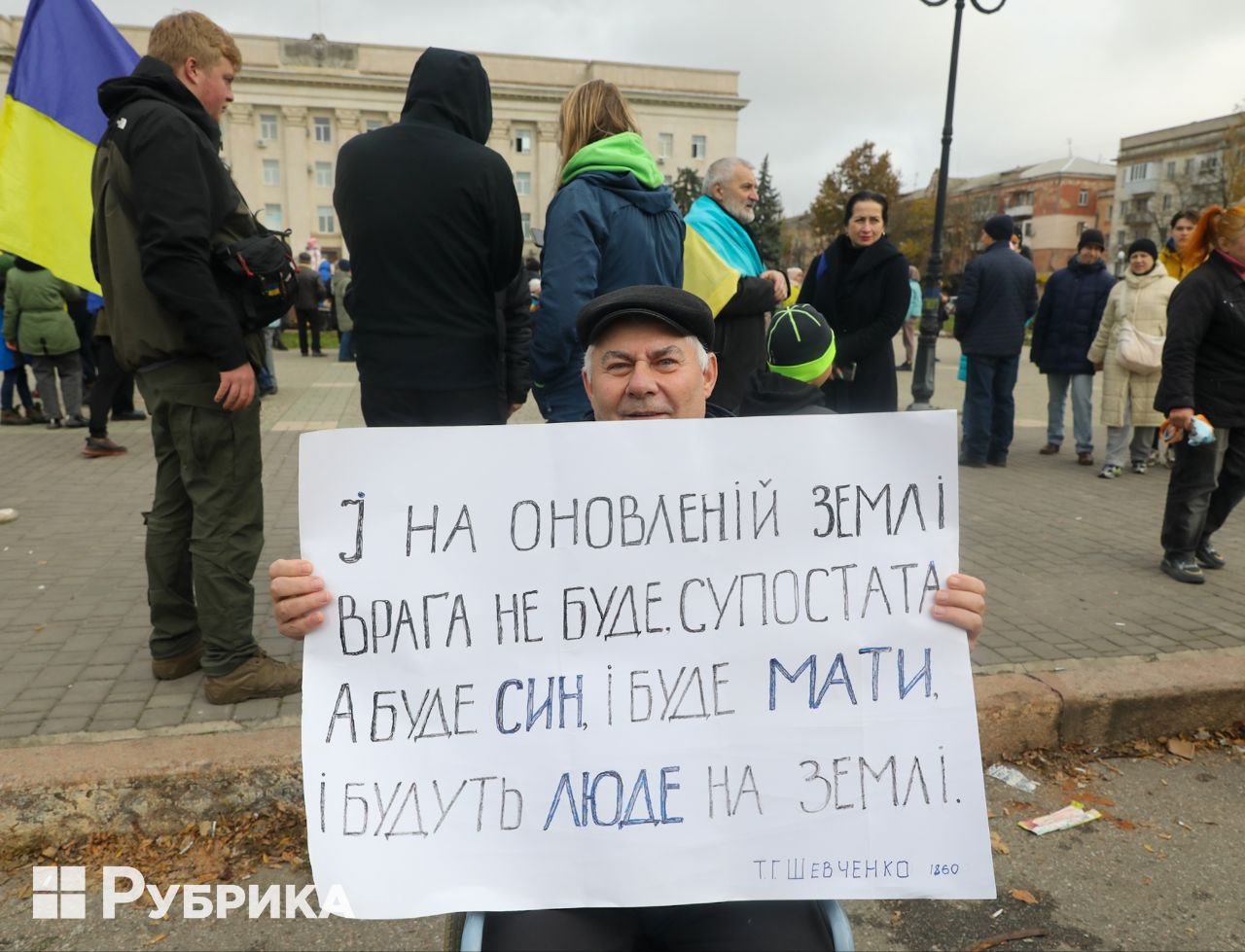
After all, President Volodymyr Zelensky has already declared: "Minsk-3" will not happen, and russia must withdraw its troops from Ukrainian territory. Meanwhile, the Pentagon predicts that the russian federation will try to keep the captured territories on the left bank of the Dnipro.
Therefore, rumors about secret negotiations and a quick end to the war should not be believed. In addition, the enemy will be able to transfer the troops assigned to the Left Bank to other directions.
While it is still possible to help the residents of the liberated Kherson Region: Rubryka has collected options on how to do it.
But the main thing is that the Ukrainian defenders once again proved that they can expel the enemy from our land even in extremely difficult conditions. And therefore, victory is getting closer and closer.


